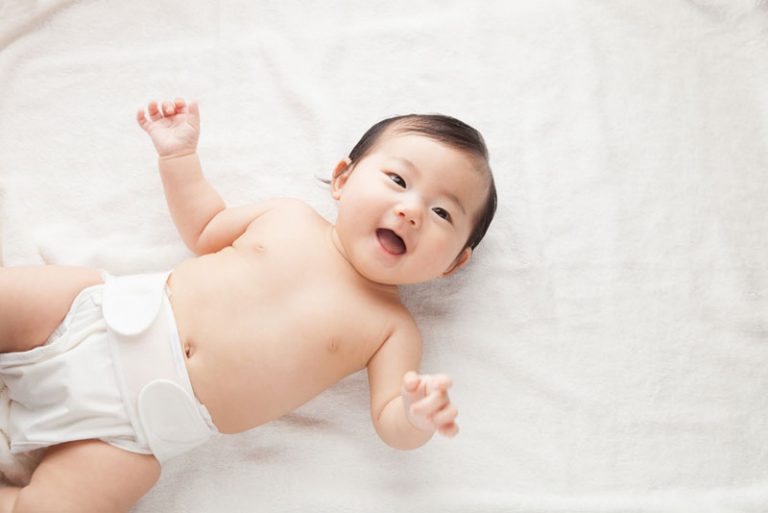What are the services in fertility tourism?
Fertility tourism covers a range of services, which are highly sophisticated demanding a very high level of medical precision. The objective is to have a successful pregnancy through a surrogate mother leading to the birth of a healthy baby. All these services are custom designed and case sensitive. An infertility service required by a particular couple may not be required by another pair. It all depends upon the type of infertility issue suffered by the couple. The couples may be incapable of producing healthy eggs and/or sperms in which case they would require the service of a high potential egg and/or sperm donor. A couple may be capable of producing healthy eggs and/or sperms but the female partner in incapable of conceiving. At times, the process of fertilization could only be achieved in a highly controlled laboratory environment if the mother’s womb fails to provide the right ambiance.
The core infertility treatment services in fertility tourism include Assisted Reproductive Services (ART), which again encompasses In-vitro fertilization technology (IVF) and ICSI. Again, we have the highly advanced PGD (Pre-implantation genetic diagnosis service) to locate genetic disorders and the donor services which include the egg and sperm donor hiring. Last but not the least and, in fact, the final stage of infertility treatment process is the service available from the surrogate mother who would carry the pregnancy leading to the birth of a healthy baby. Apart from the medical services, the non medical wing has a very significant role to play. The legal and administrative professionals on the staff roll of an infertility treatment clinic handle all the legal and social issues connected with an infertility solution and surrogacy birth.
We may explore the nature of each of the infertility treatment services in sequential order:
- A) Assisted reproductive technology (ART):
This is an umbrella term used for a number of infertility treatment services offered to the intending parents which include IVF (In-vitro fertilization technology), ICSI (Intra-cytoplasmic sperm injection), fertility medication, artificial insemination, surrogacy and cryopreservation. ART also includes the application of PGD (Pre implantation genetic diagnosis) for locating and eliminating genetic disorders and communicable diseases that the embryo may inherit from the fusion of male and female gametes carrying these irregularities. Basically, in ART the process of natural sexual intercourse is substituted by artificial insemination or fertilization of eggs by sperms outside the female’s body in a laboratory environment.
- B) In-vitro fertilization technology (IVF):
This highly specialized medical procedure involves fertilization of eggs by sperms in a laboratory. The fertilized eggs are now cultivated in an ambient medium for further growth for 2 to 6 days and then implanted in the surrogate mother’s uterus for pregnancy. IVF is not available in many countries by local regulations. This necessitates intending parents moving out of their own country seeking this service elsewhere giving rise to fertility tourism. -
C) Egg and sperm donors:
When the female partner fails to produce enough healthy ova capable of getting fertilized, the service of an egg donor is needed. Similarly, if the male partner fails to produce enough sperms of the required potential to fertilize eggs, the service of a sperm donor is called for. Infertility treatment clinics have a direct access to these donors from an extensive and comprehensive database they maintain. In order to qualify for entry into the database, the egg and sperm donors are screened through a series of demanding medical, physical and psychological tests. Records of their family and medical history, habits, level of education, addictions if any are preserved for reference. -
D) Intra-cytoplasmic sperm injection:
This is a service where a single sperm is injected into an egg to overcome male infertility issue when the sperms are not capable enough to penetrate the eggs by them. The process involves a glass needle that pierces the oocyte, and the sperm with its tail snapped and immobilized is released into the oocyte for fertilization.
- E) PGD (Pre-implantation genetic diagnosis):
This service helps locating genetic disorders or diseases in embryos created through IVF and done before the embryos are implanted in the surrogate mother’s uterus. The idea is to prevent these disorders to pass into the baby.
F) Surrogacy:
The service of a surrogate mother is sought when the biological mother is incapable of pregnancy. Surrogate mother substitutes for the biological mother who carries the baby in her womb and gives birth to the child. Infertility clinics have a rapport with young and healthy surrogate mothers through their database and help the intending parents to avail this service.
